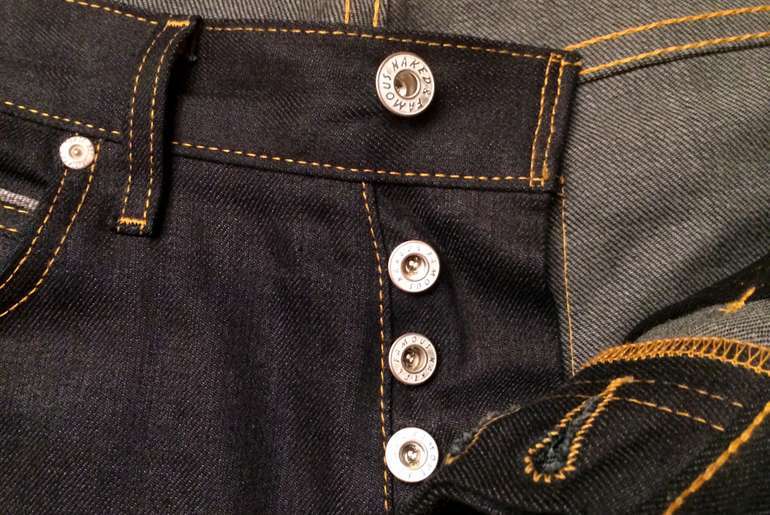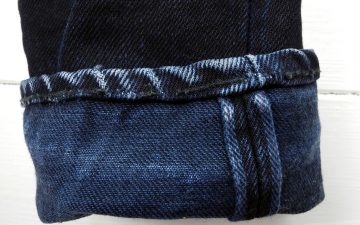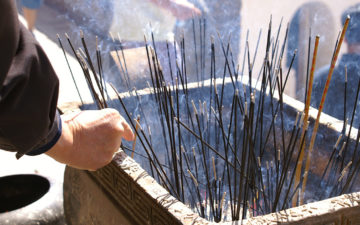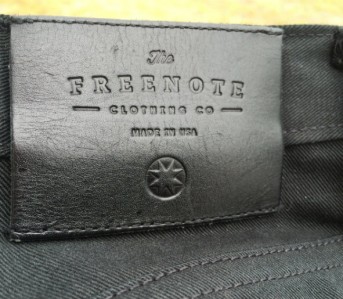When you put on your favorite pair of selvedge denim in the morning and zip/button them up, it’s likely that you don’t pay much attention to the actual button(s). It’s usually not until they start to get loose or fall off that you give them any notice.
The button fly is ubiquitous with heritage/selvedge denim, so let’s go over a brief rundown of two of the more common types–the donut and the tack. After all, if you’re wearing the jeans, you might as well know what they’re made of.
DONUT
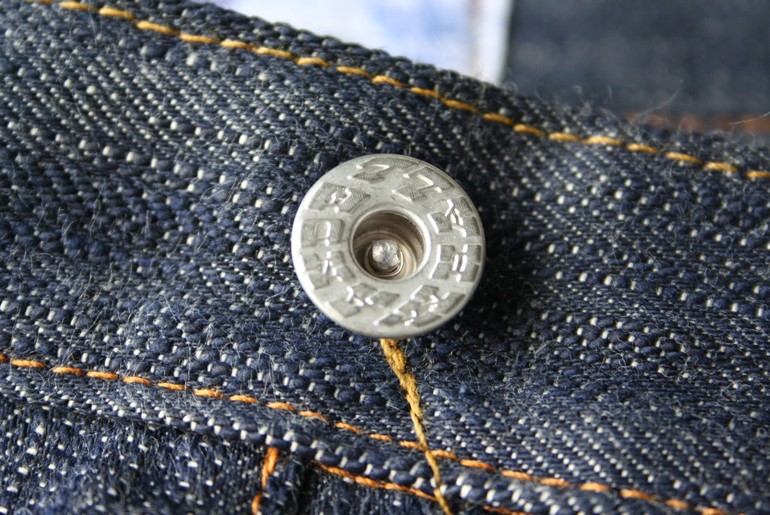
Donut buttons are used in plenty of jeans, and they’re named as such due to the “donut hole” opening found at their center. Besides making it ever-so-lighter, the opening allows the manufacturer (and thereby the wearer) to see the clasps or notch that fold inwards to keeps the button in place. Think of a staple–these clasp work in the same way, folding inward to secure them to the denim.
The donut style button was a favorite during WWII because it used slightly less metal to hold the button in place, a necessity during wartime rationing.
TACK
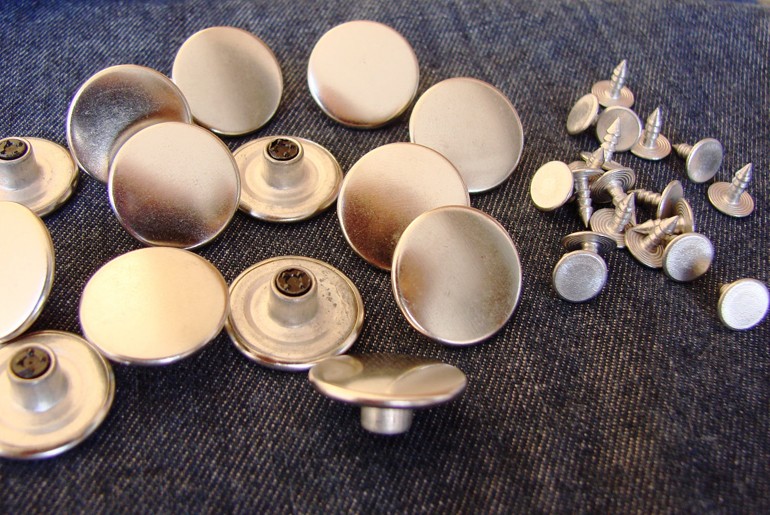
A tack button actually uses two pieces–the button itself, and the button tack. The button is what you of course see on the front of your jeans. The next time you’re putting on/taking off a pair of jeans, take a look at the back of the buttons.
The flat metal piece on the inside of the jeans is the back of the tack, which is hammered through into the button. Essentially a spike, the tack ensures the button is securely fastened.
